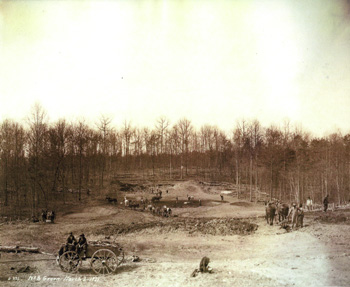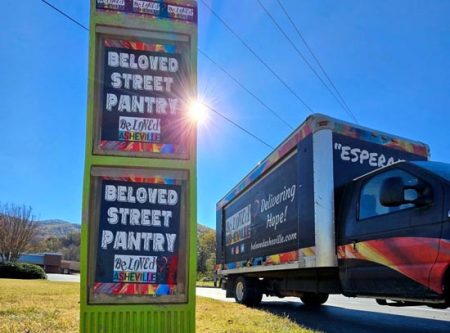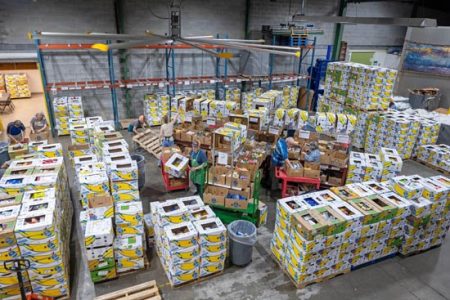A Natural Living Legacy
 |
| Samuel Abdul-Allah proudly displays original documents of his grandfather’s work on the Biltmore Forest Country Club. On the table are the original blueprints his grandfather used to construct the 18-hole golf course. Samuel changed his name from Samuel Barnes (his grandfather’s namesake) to Abdul-Allah, after converting to the Islamic Faith. Photo: Urban News |
by Johnnie Grant
Many African Americans contributed to the Asheville community in the past, and Samuel Abdul-Allah clearly remembers his grandfather Samuel Barnes as one of those men.
Barnes was born in 1859 in Marion, (McDowell County), North Carolina. One of 10 children, he decided to move to Asheville, a place he felt would be ideal to start a career as a grounds and landscape contractor. From 1889 to1895, Barnes worked on the construction of the Biltmore House, and as a landscaper on the Estate gardens.
In 1920, after starting his own landscape and grounds construction business, Samuel Barnes and his workers were contracted to landscape the yards and grounds of many of the homes (most of which still exist) in the town of Biltmore Forest. At a time when very few African Americans owned their own companies, Barnes contracted to build the 18-hole golf course of the Biltmore Forest Country Club, of which Donald Jones was the Golf Architect. The course boasted Chauncey Beadle as landscape supervisor, who was associated with the firm of Frederick Law Olmsted, the father of landscape architecture.
Samuel Abdul-Allah fondly recalled the stories his grandfather
shared with him as a child of constructing the golf course. “My
grandfather told me of how he and his workers used picks to dig up the
stumps after the trees were cut down. And how men on horses would use
bowls and dirt pans to take dirt from one place to another in order to
form the slopes and the different golf holes. Each of the eighteen
holes was formed individually and graded to a specified shape,” said
Abdul-Allah.
Over the years after hearing the story of Samuel Barnes’s
historic connection to the golf course, Samuel Abdul-Allah met with
attorney Sidney Mathews, a golf historian from Tallahassee, Florida.
During their meeting, Matthews was surprised to learn that Abdul-Allah
had the original blueprints of the Biltmore Forest Golf Course, left by
his grandfather as a family treasure.
“As we rode the golf course with the blueprint that my
grandfather constructed the golf course with,” says Abdul-Allah, “we
saw that some of the sand traps around the greens had changed, but
little else had, and the shrubbery was just as beautiful and ornamental
in the way my grandfather described it to be,” said Abdul-Allah.
Regularly, Samuel Abdul-Allah drives through the town of
Biltmore Forest to admire the beautiful grounds of this quaint
community and admire the works of his grandfather. “It makes me very
proud to see the work my grandfather did. I feel a real connection,”
says Abdul-Allah.
Samuel Barnes’s contribution to the Town of Biltmore Forest
lives on as a beautiful family legacy, which will probably out-live us
all.
Samuel Adul-Allah changed his name after converting to the Islamic
faith. He kept the sir name of ‘Samuel’ in honor of his grandfather.









